Ending period plastic this Plastic Free July
22/7/2021
Plastic Free July is often talked about in terms of plastic bags, single-use items like straws and recycling. But there’s more to Plastic Free July – and we knew just the person to tell us more about one particular area of plastic free life. Ella Daish is an environmental activist and founder of the #EndPeriodPlastic campaign. Yes, that’s right – period products are a major culprit when it comes to plastic use. Ella’s award-winning campaign has already resulted in some significant changes in the industry, including three UK retailers removing plastic tampon applicators from their products. Learn more about her campaign and the sustainable and social impact swaps you can make with Social Supermarket brands now. Over to Ella…
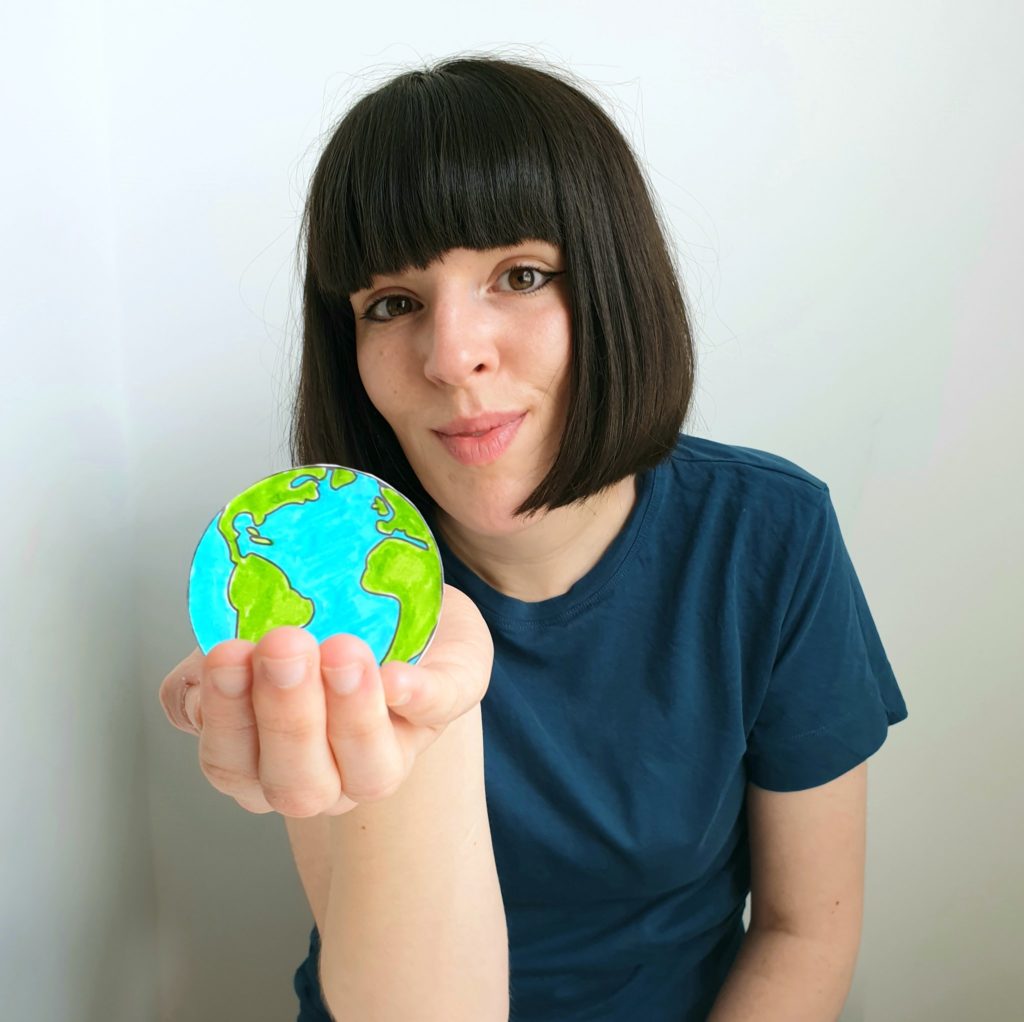
What’s the deal with plastic and period products?
The plastic pollution conversation is dominated by items like bags, bottles, and straws, but have you ever considered how much hidden plastic there could be in your period products?
Mainstream menstrual products contain high amounts of plastic, in fact tampons can contain up to 6%, and pads as much as 90%. They are made in their billions, used for 4-8 hours, disposed of, and then take over 500 years to break down. That’s over 7 times the average lifetime of the person using them, meaning if Jane Austen had used them, they would still be on the planet today – a period drama I’m sure she’d want no part in.
“So they contain plastic, what’s the big deal?” I hear you ask. Well, it’s having massive negative impacts on the environment. The manufacture of them contributes to the extraction of fossil fuels and when disposed correctly in the bin they are either incinerated or sent to landfill, but sadly these aren’t the only places they end up.
It is estimated that 50% of UK users wrongly flush them down the toilet, resulting in a massive 1.5-2 billion period products being flushed each year. When this happens, they enter the sewerage system and if they are not captured, they end up in our rivers, flow into the sea and wash up on our beaches.
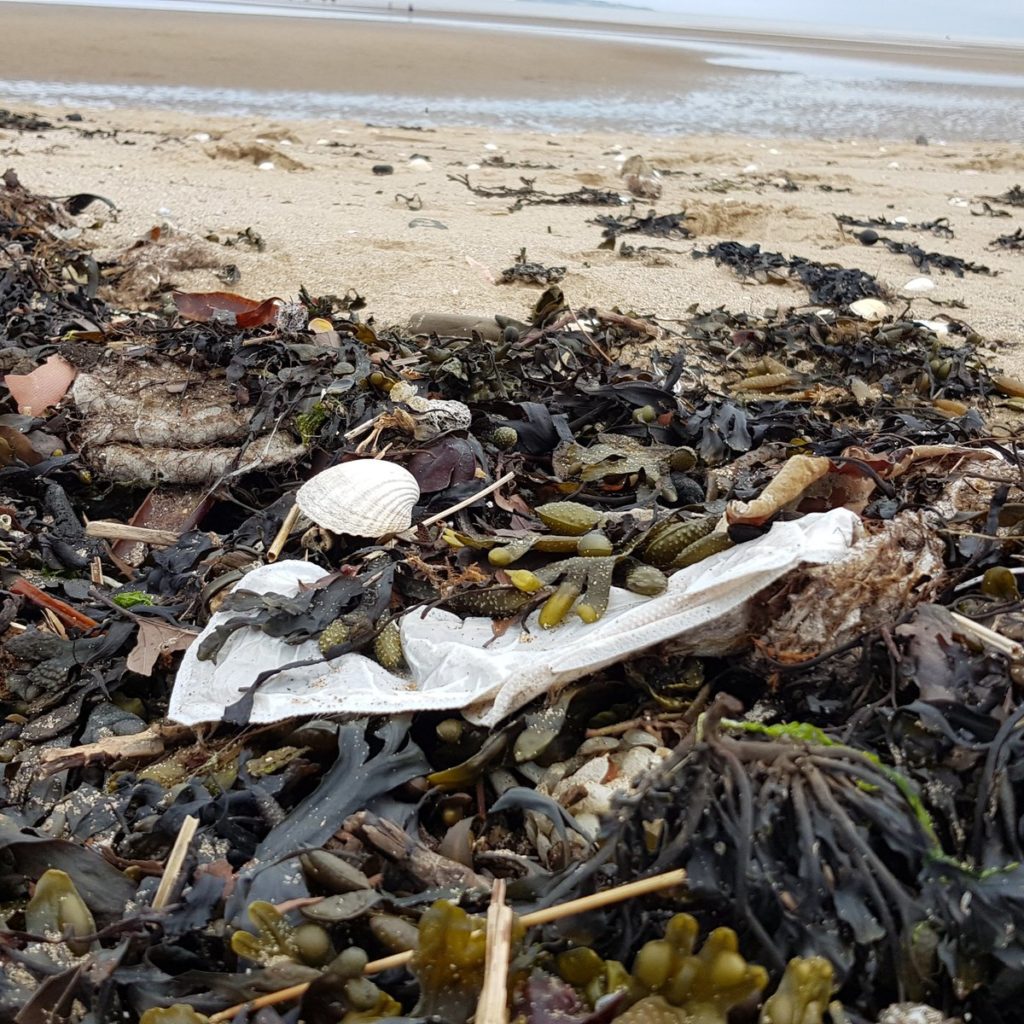
I have lost count of the photographs people have sent me from across the world of period products polluting the environment. A report by the European Commission found that period products are the fifth most common item found on Europe’s beaches, they are more commonly found than straws or coffee cups. Repeat – they are found more often than straws, one of the most talked about single-use plastics out there!
They contribute to ocean plastic pollution and over time their plastic content breaks down into smaller pieces, known as micro-plastics and fibres. This poses a further threat to vital eco-systems where they can enter the food chain.
When we think of plastic pollution and its impacts, we often envision marine animals in far off places like turtles tangled in fishing nets in the tropics or autopsies of whales with plastic-filled guts. The thing is, it’s happening right on our doorstep too. Research by Alex McGoran in collaboration with the Natural History Museum has found that crabs in the River Thames have stomachs full of plastic, including period pad plastic. Shocking, right?
Ella’s journey to environmental activism
When I became aware of these facts I was horrified. I kept asking myself “How did I not know about this before?!” and you may find yourself asking the same question. One reason could be the long-standing stigma around periods, which until recently has not been openly discussed.
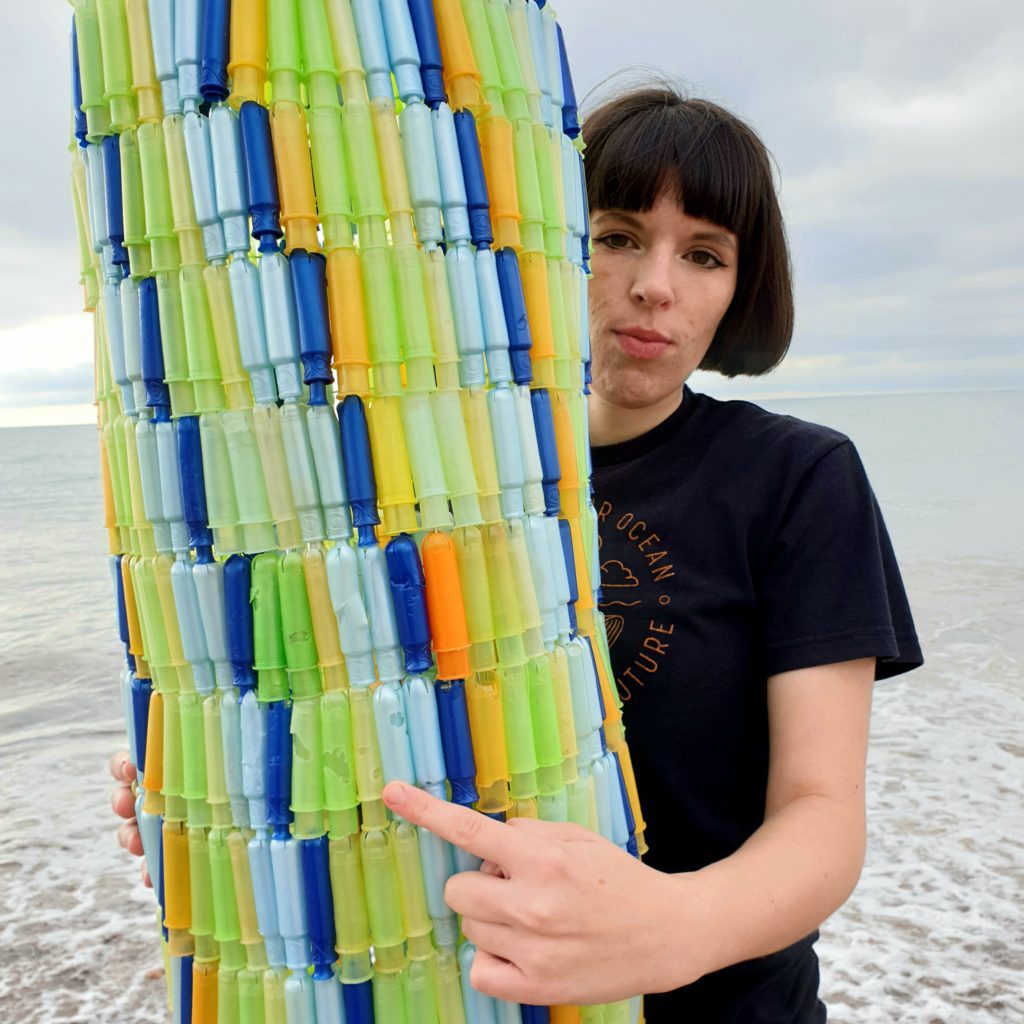
Like many in the UK, when I received my very brief period education at primary school, my teacher told me “use these when the time comes” whilst holding up branded product samples supplied by Tampax and Always. These big companies engender brand loyalty as early as possible. When you are given a branded item at such a young age, especially for something so personal, you are inclined to go back to that product again and again for years to come.
Manufacturers tend to put the blame on consumers to avoid ownership of the problem. However, they have got the resources and money to bring about change at source, and that is exactly what needs to happen to put a stop the negative impacts downstream.
The plastic in menstrual products is completely unnecessary and their environmental impacts are totally avoidable, which is why in 2018 I took a stand by launching the #EndPeriodPlastic campaign. It calls on manufacturers and supermarkets to eliminate plastic from their menstrual products, including tampons, applicators, pads, wrappers, and packaging. Small eco-friendly brands have been making them without plastic for years, some even since the 80’s, so big companies have no reason not to change, it’s just a matter of time.
The campaign is leading to significant changes in the period industry and has resulted in three UK retailers removing plastic tampon applicators from their products, a move collectively saving over 17 tonnes of plastic annually. In addition to this many decision makers have responded to the campaign by developing and launching their own eco-friendly ranges. This is fantastic as it helps make these options mainstream and importantly gives people access to choice!
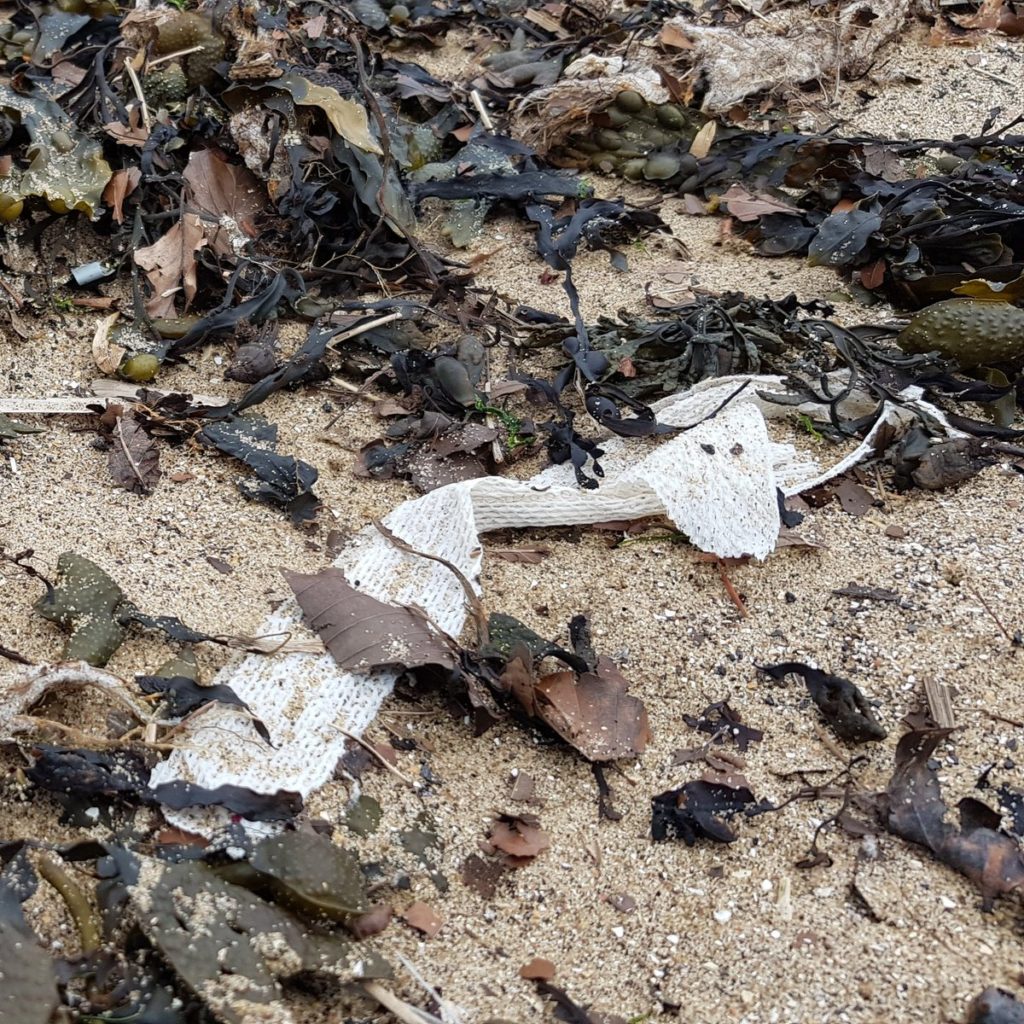
Ways you can break the plastic cycle, period
Take a stand with me by signing the #EndPeriodPlastic campaign. The more people that add their voice, the bigger the impact and pressure it will put on manufacturers and supermarkets to change. You can sign it here.
Talk about the problem. The majority of people using these products have no idea they contain plastic. By starting conversations, you are directly creating a wave of awareness, action, and change. It’s also a subject some aren’t comfortable speaking about openly, which is why those closest to you are likely to engage more in a private discussion.
Go green on your flow. Ditching plastic during your period has never been easier with the array of eco-friendly choices out there that are better for you and the planet! Here’s a breakdown of all the sustainable options available:

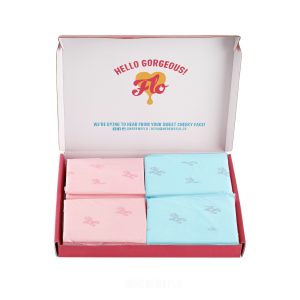
Eco-friendly tampons and pads – This is a great switch to make and it’s super easy. They perform in exactly the same way as mainstream brands, minus the plastic. Regardless of whether period products contain plastic or not, make sure to never flush them down the toilet.
Reusable tampon applicator – Reusable tampon applicators are the perfect solution to disposable versions as they can be used for 10 years, just think of all the plastic that will save! You insert a non-app tampon of your preferred flow into the applicator, insert, rinse, and go – as simple as that! Some people find plastic applicator smoother and easier to insert which is why this is such a needed alternative.

Menstrual Cups – An insertable flexible cup made of medical grade silicone that collects your menstrual flow. They can be used for 4-10 hours at a time depending on your flow, you then remove, empty, rinse, and reinsert. Despite their initial cost of roughly £10, they can be used for 10 years which works out at about 8p per cycle!
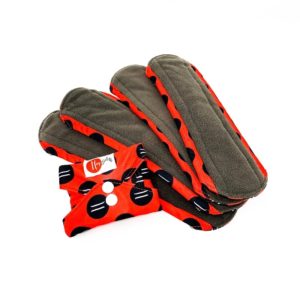
Washable pads – Not everyone likes insertable products like tampons or cups, for whatever reason, which is where reusable pads come in. They function in the same way as disposable pads, but instead of throwing them away after each use, you wash and reuse them again and again! They are a fantastic choice and come in a variety of shapes, sizes, and patterns.
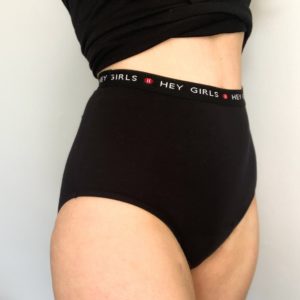
Period pants – A new product on the period scene and one you may not have heard of before. Period pants can be used for 4-8 hours and are then washed after each use, make sure never to use fabric softener as it affects the absorbency. They last 2-3 years and are a bit on the pricier side, but they are super comfy, and have you covered even on your heaviest days!
If you switch to something you’ve never used, I’d recommend trying them out at home, so you can get comfortable with using them before heading out. The last thing you want is a mishap the first time you use your menstrual cup (which is what happened to me!).
Did this spur you to take action? Discover more brands tackling plastic pollution. Or learn how to go zero-waste at home with more social swaps for your bathroom.
